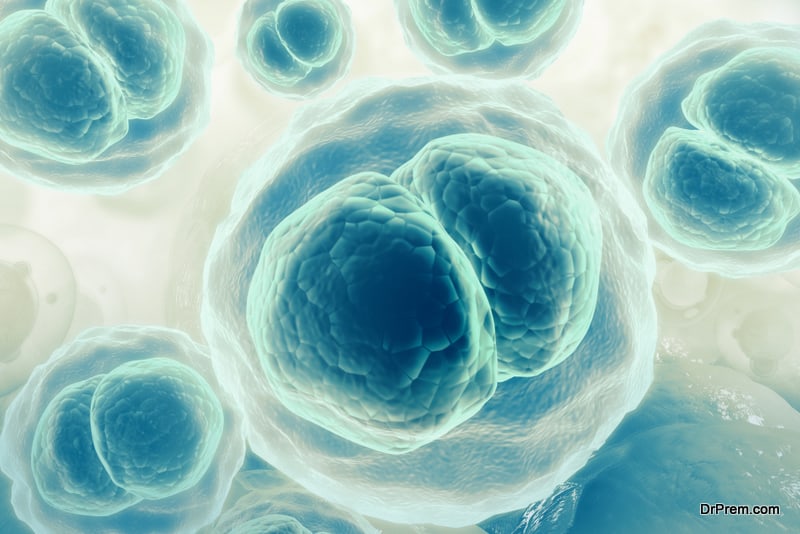The last ten years have proved to be revolutionary in the world of technology, especially biopharmaceuticals. New therapies and drugs have changed the landscape of diagnosis and medical treatment. The top innovations that transformed the biotechnology industry are as follows:
1. Single Cell Technologies

Single-cell technologies provide in-depth knowledge of the cellular environment, its genome, transcriptome, and heterogeneity. Various biologics CDMO provide the services of single-cell sequencing technologies which show an evolutionary correlation between various cells. The sequencing technology has applications in oncology, neuroscience, reproduction, microbiology, pharmacology, and so on. Disease-specific profiling can also be done by single cell technologies via the use of DNA panels.
2. Current Cell Therapies
Chronic illnesses require a long-term administration of drugs on a regular basis. But scientists are not working on what if the drugs get delivered where they are needed whenever they are needed. For example, in diabetes type 1, insulin deficiency is due to dysfunctional beta cells resulting in polyuria, polyphagia, and headache. A solution has been underway to this disease. An implantable device is under work that contains pancreatic beta cells developed from pluripotent stem cells of the patient. The device will automatically respond to the blood glucose levels of the patient. Similarly, living cell technologies like planting a capsule containing neonatal choroid plexus cells into the brains of Parkinson’s disease is under-way.
3. Innovative Vaccines

The vaccines are used to produce immunity against a specific disease by exposing the body to a component whether active or inactive of the causative organism. Vaccines have dealt with infectious diseases for a long time now but in today’s world efforts are being put into creating vaccines that cure non-communicable diseases like cancer. For example, ATO4A is a vaccine that binds to cholesterol and destroys it. It has the potential to replace statins and other cholesterol-lowering drugs for which compliance is a major challenge.
4. Electroceuticals
Small implants can target the neural circuits between body parts and the brain. Chronic pain is generally managed by giving drugs like opioids. A new technique to control chronic pain is under development. It involves stimulation of the spinal cord via an implanted device which in turn enhances the quality of sleep and life.
5. Stem Cell Applications

For a very long time now scientists have been studying the methods to differentiate stem cells into desired progeny. The ability to generate desired cells has been proved very important in drug development and innovation. A Canadian-based company has developed the MyHeart platform where the heart is generated by iPSC and it provides an environment that is closer to a human heart hence; beating the use of animal hearts for experiments. MyHeart is capable of predicting the outcomes of new drugs on the heart and hence provides a better space to create cardiac drugs for various diseases.
6. Directed Evolution Platforms
Directed evolution platforms generate a large random genetic library that consists of several variants of genes of interest. These libraries are used to separate the gene variant that expresses desired characteristics like increased enzyme inhibition or increased ligand binding which in turn helps in the formation of new and improved drugs.
Article Submitted By Community Writer




